How to Select Best High Current Connectors in 2025 With Johoty’s Expert Guide. Learn Key Parameter, Industry Trend, Why Johoty is Top Choice?
Introduction: Why is it crucial to choose high current connectors?
In 2025, as high-power applications continue to grow, how to choose suitable high current connectors has become a key challenge that engineers must face. Especially when choosing high current, 30A, 100A, 200A, 500A, 800A, or 1,200A? What risks can an improper choice lead to? How does contact resistance affect system efficiency? Will high temperature environment accelerate connector failure? How to balance current carrying capacity, material durability, and mechanical stability in the face of the stringent requirements for high current transfer in electric vehicles, data centers, industrial automation, and renewable energy?
Johoty will delve into key parameters, industry standards, and common design misconceptions of high current connectors here. Help you make wise decisions and ensure system’s long-term stability. Continue reading to unlock the best high current connection solution for 2025!
Read: High Current Pogo Pins
Core parameters of high current connectors
Rated current, Determine Long-term Stability
The most important parameter of high current connectors is its sustained load capacity. Rated current is maximum current that high current connectors can reliably transmit over a long period of time within the allowable temperature rise range.
- The selected connector should meet the maximum working current, but at the same time reserve a safety margin to avoid approaching the upper limit for a long time.
- Temperature rise at rated current is a key indicator for evaluating rated current. Johoty often designs high current connectors with a temperature rise below 30°C, even below 20°C, to ensure long-term stability. We often use multi contact spring terminals to reduce local overheating, using low resistance copper alloy, silver or gold plating to reduce energy loss.
Contact Resistance Reduces Power Loss and Improves Efficiency
Contact resistance is a core parameter that affects the efficiency of high current connectors, directly determining heat accumulation and energy loss.
- Johoty’s high-quality high current connectors have a contact resistance of less than 0.2mΩ, which can effectively reduce power loss and heat accumulation.
- Long term use can lead to terminal oxidation, contamination, performance dropping, and increased contact resistance. Therefore, Johoty often uses gold-plated or silver plated terminals, and even composite electroplating, to reduce oxidation and improve durability. We mostly use high contact pressure designs to ensure long-term low contact resistance. Common types include wedge-shaped contacts or spring-loaded terminals. For rated currents of 200A or even higher, we usually use torsion spring designs.
Read: 200A Hight Current Pogo Pins
Operating Voltage & Dielectric Withstanding Voltage, Ensure safety
Many customers of Johoty also require high voltage when requesting high current, including electric vehicles, high-power inverters, industrial power supplies, etc.
- The rated operating voltage of the connector will be higher than the actual application voltage, and Johoty recommends keeping a margin of 20-30%.
- Johoty requires the Dielectric Withstanding Voltage to withstand extreme voltage conditions to ensure that breakdown does not occur. We often design PBT, LCP’s high current connectors are designed to enhance voltage resistance. In the design of HVDC systems for our customers, we optimize the use of creepage distance and clearance distance
Terminal Material & Plating, Improve durability and conductivity
The material and surface treatment of terminals are very important as they can directly affect their conductivity, corrosion resistance, and mechanical stability. Many times, customers may question the high price, and Johoty would rather provide high-quality and safe high current connectors. We are unwilling to provide high current pogo pins that are low-priced but have various security risks and are not durable
- Phospho bronze and beryllium copper are the most common conductive materials in high current connectors. After CNC machining with gold and silver plating, they can maintain good conductivity and mechanical strength.
- Gold plating: low contact resistance, strong oxidation resistance, suitable for high reliability applications, but high cost. In high humidity or harsh environments, Johoty recommends choosing gold-plated terminals to avoid long-term oxidation issues. For 200A~1,200A, we recommend using a multi-point contact design with multiple shapes, which can reduce the loss of single point contact.
- Silver plating: high conductivity, but susceptible to sulfurization and requires environmental control. Nickel plating+gold/silver: Provides additional wear resistance and corrosion resistance.
Thermal Management, Prevent overheating and damage
When high current passes through a connector, heat is generated, and excessive temperature rise can cause material degradation, decreased conductivity, and even connector failure.
- Johoty requires that the temperature rise of our high current connector should be below the typical upper limit of 30°C, and more often we also require it to be below 20°C to ensure long-term reliability. We use low resistance beryllium copper tellurium copper to reduce heat generation.
- At the same time, a larger contact area and optimized heat dissipation opening structure are adopted to effectively reduce temperature rise. In addition, using large surface area heat sinks or high thermal conductivity plastics can also optimize heat dissipation capabilities.
Vibration & Mechanical Durability, Ensure long-term reliable connection
Engineers or bosses from automotive and industrial equipment often demand that Johoty effectively address the challenges of high current connectors in terms of mechanical shock and vibration.
- Cycle Life: Choose Johoty’s high current pogo pins with a lifespan of over 10000 cycles, and many styles can exceed 50000 cycles. The specially designed 800A can work continuously at 120℃ for 3 years without aging of its components. We adopt a high locking force design to prevent the connector from loosening due to vibration and reduce the need for frequent replacement.
- Anti-vibration design: Choose connectors with locking structures, anti loosening springs, and sealing rings to improve stability. In severe vibration environments, Johoty often uses a dual locking+high contact pressure terminal design. This includes dual hole locking, four hole locking, and a contact pressure of up to 100N, which can effectively maintain a reliable connection.
Short Circuit & Overload Protection
High current short circuits can cause arcing, damage connectors, and even lead to fires. Johoty always prioritizes the safety of high current connectors and designs and produces them based on the highest quality raw materials. We always avoid causing safety hazards to our customers while also avoiding significant losses to Johoty’s reputation due to high logistics costs and returns.
- We always design high current connectors with arc protection for HVDC, using fuse protection or thermal protection design to avoid overload damage. At the same time, we will also learn more about practical applications with our customers, strictly follow their requirements, and share our professional advice with them.
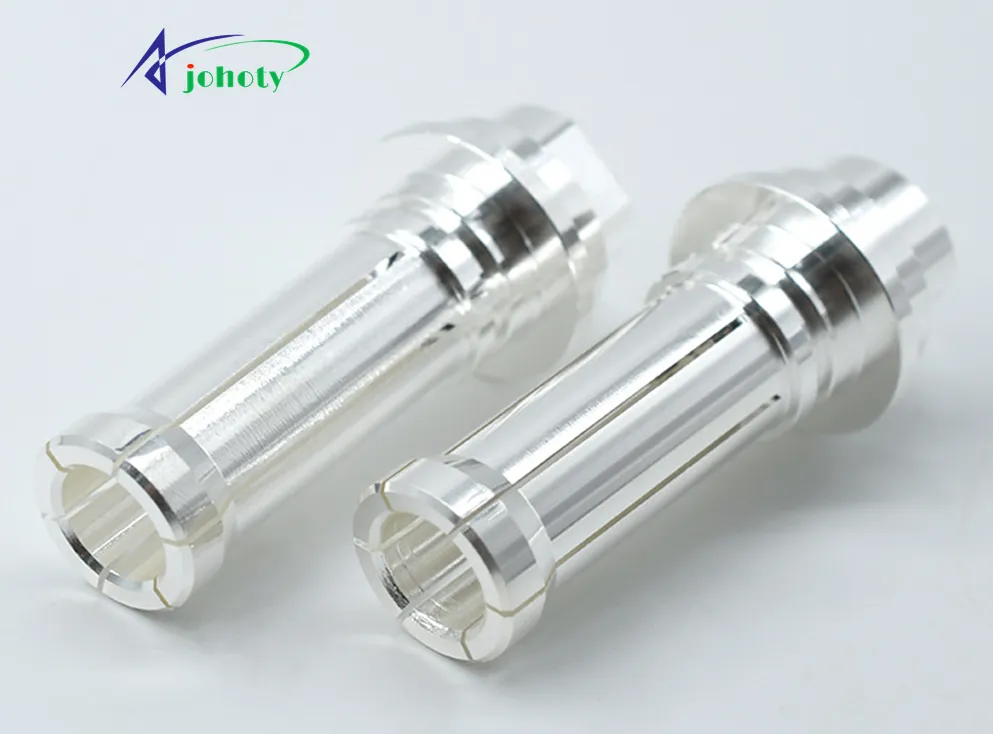
Why choose Johoty high current connector?
The surge in demand for high current transmission in electric vehicles, data centers, and industrial automation poses a key challenge for engineers: how to find high current connectors that combine low loss, high reliability, durability, and scalability in high-power applications? Johoty focuses on providing efficient, stable, and durable connectivity solutions. They use in new energy vehicles, power systems, industrial equipment, charging or discharging, energy storage systems, etc.
Low contact resistance, ultimate optimization of power loss and heat generation
In high current applications, the high or low contact resistance directly affects system’s energy efficiency, heat dissipation, and long-term reliability. Johoty uses patented high conductivity copper alloy, combined with precision multi-point contact design, to reduce contact resistance to 0.1mΩ.
Lower power consumption, reduced energy loss, and improved overall efficiency. Compared to traditional silver or gold plated connectors, Johoty connectors reduce contact resistance by 30% and temperature rise by 20%, significantly enhancing system stability. Lower heat generation: avoids performance degradation and safety hazards caused by high temperatures, prolongs lifespan, reduces metal fatigue, and improves long-term reliability.
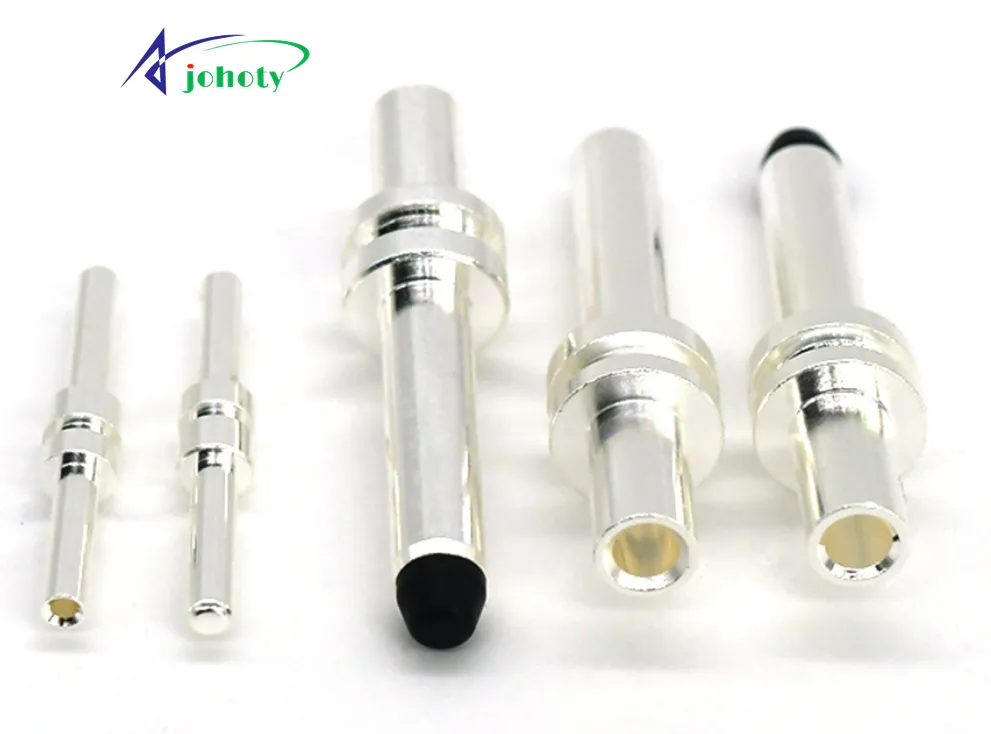
Higher current density, breaking through industry limits
The demand for higher current density in electric vehicles, industrial automation, and data centers has become urgent. Johoty achieves higher current carrying capacity by optimizing the design of conductive paths. They can easily support 1,200A current transmission of 500A, 800A, or even higher without the need for additional cooling equipment.
Electric vehicles (EVs), Meet high current requirements of power batteries, charging & discharging, BMS, and drive systems. Johoty’s high current connectors have a 40% increase in current density compared to traditional solutions, allowing them to carry larger currents in a more compact space, facilitating system miniaturization and efficiency.
In data centers and servers, they can efficiently distribute electricity and improve energy efficiency. For industrial automation and robotics, our high current pogo pins support higher power devices for efficient control.
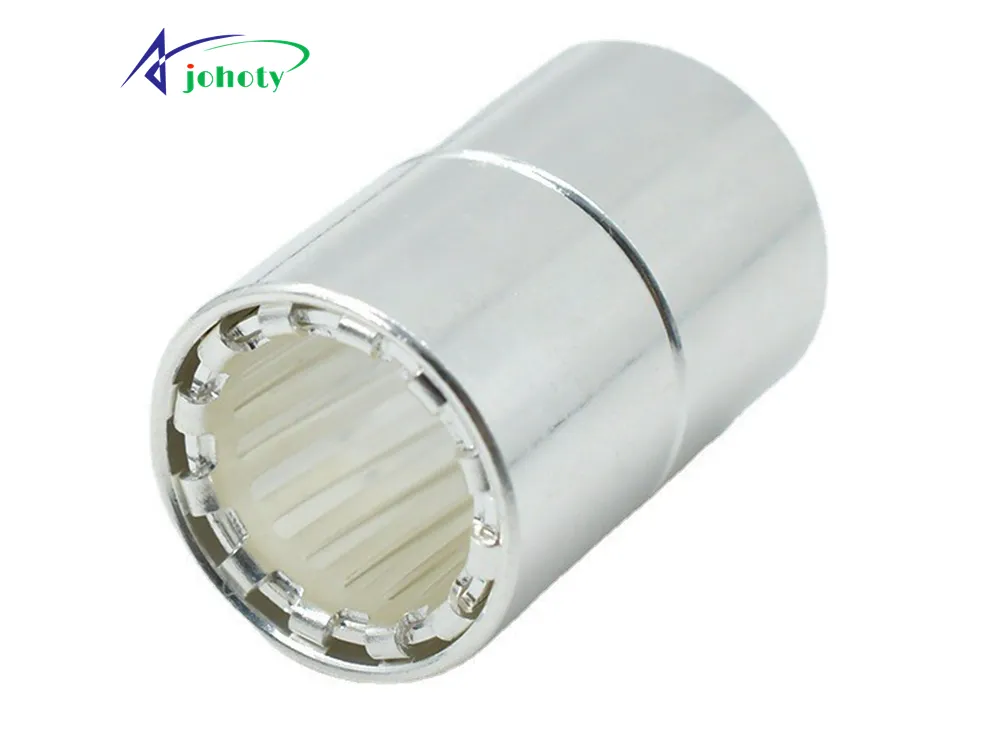
Excellent anti vibration and environmental resistance, suitable for extreme conditions
High current connectors need to operate in high vibration, high humidity, and high temperature differentials, and customers often require high connection stability and durability. Johoty adopts high-strength mechanical locking design, up to 100N spring design, and IP67/IP68 level sealing protection. They can provide stable current transmission under harsh working conditions and operate continuously at 120℃ for 2 years without embrittlement.
Double mechanical lock: 2-hole 4-hole threaded lock, combined with 30N~100N spring contact force to prevent loosening or poor contact caused by vibration or impact.
Stable operation in 40℃ to 150℃, with a special design achieving stable operation at 250℃. Waterproof, dustproof, and corrosion-resistant IP67 waterproof,IP68 waterproof, fit outdoor and high humidity. Johoty connector has undergone 1,000 hours of salt spray testing and 100,000 cycles of plug and unplug life testing.
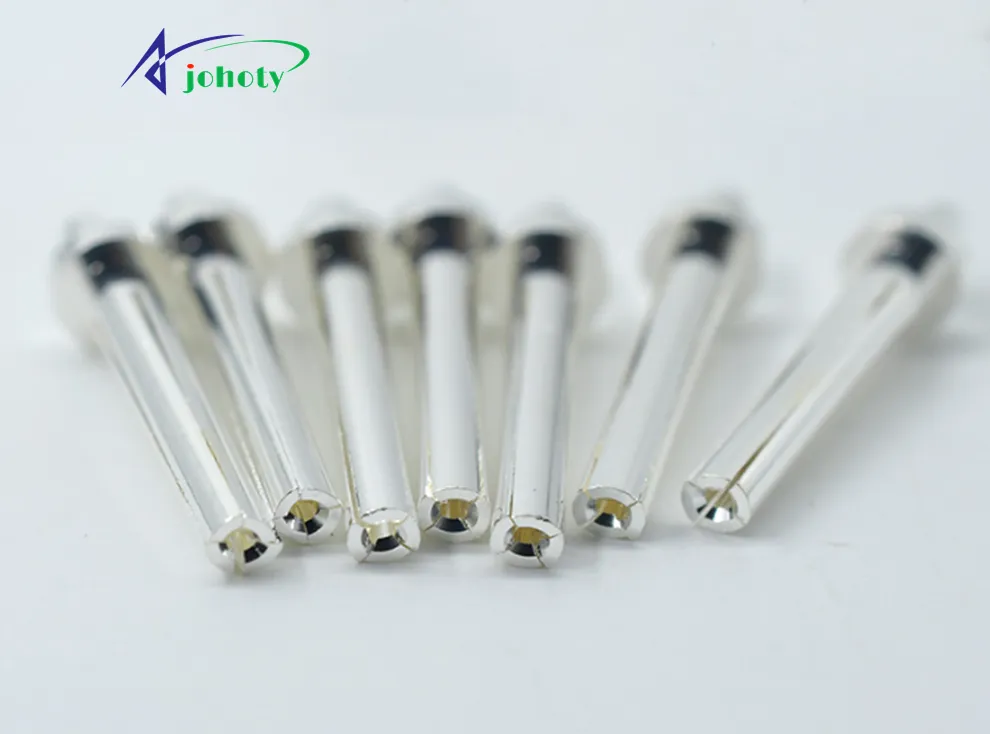
Modular design enhances compatibility and flexibility
Many engineers contact Johoty during the system design phase, as they often need to balance flexibility and compatibility. After multiple modifications to adapt to different current levels, spatial layouts, and future upgrade requirements. Johoty’s high current connectors adopt a modular design, supporting multi pole combinations, multiple installation methods, customizable configurations, and perfect adaptation to different applications.
Strong scalability, they support multipole connections and freely combine the number of terminals. Canadian customers used Johoty modular high current connectors when upgrading power system of their data center. Installation time is reduced by 50%, wiring cost is reduced by 30%. There is no need to redesign the PCB structure, significantly reducing the upgrade costs. Compliant with international standards, Johoty’s high current pogo pins can meet UL requirements IEC、ISO. Can be applied to cross-border projects. Moreover, it doesn’t require complex installation, simplifies wiring, and improves development efficiency.
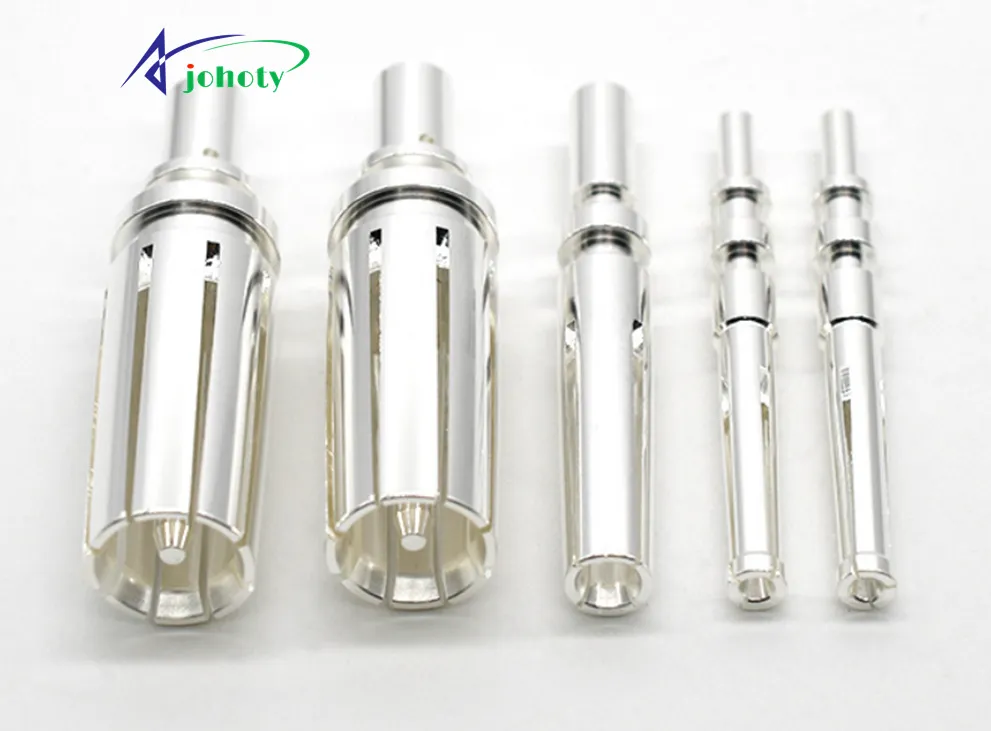
Industry validation, practical application cases of leading brands
Johoty’s high current connector has been successfully deployed in multiple industries and has become the preferred choice for many leading enterprises.
A luxury brand EV from the UK, A well-known energy storage solution provider in the United States. North American cloud computing giant server power solutions and data centers, German intelligent manufacturing leader and industrial automation. The engineers from these companies gave feedback to Johoty’s high current connectors: We chose Johoty not only for its excellent conductivity, but also for its extremely low failure rate and outstanding durability.
Read: 800A Hight Current Pogo Pins
FAQ of High Current Connectors
How to minimize contact resistance when choosing high current connectors?
Contact resistance is critical for affecting the efficiency of high current connectors. Johoty often reduces contact resistance through four aspects: selecting low resistance silver or gold plated terminals, optimizing contact design, increasing contact area, and adopting multi-point contact structure. Ensure sufficient contact pressure, drum spring, claw spring, torsion spring elastic terminal, spring loading of 10N~100N. Regular maintenance and cleaning to avoid oxidation and accumulation of dirt.
How to consider heat dissipation management in the design of high current connectors?
Thermal management is a key factor in the design of high current connectors, and Johoty’s effective strategy includes selecting suitable high thermal conductivity copper alloys. Accurately simulate thermal behavior and evaluate temperature distribution and hotspot conditions using CFD simulation tools. Optimizing the connector structure, a larger contact area helps reduce heat accumulation, and a design with heat dissipation fins also helps improve heat dissipation efficiency. Using liquid cooling or heat pipe technology with active cooling technology to enhance heat dissipation capability to cope with extreme power.
Read: 200A Hight Current Pogo Pins
What are the latest technologies for high current connectors in 2025?
Johoty’s high current connectors are developing towards higher power density, lower contact resistance, and stronger heat dissipation capabilities. We use copper alloy or silver plated contact terminals to significantly reduce resistance losses. Innovative liquid cooling and phase change materials are being integrated into high-power connectors to enhance heat dissipation performance. We introduce modular design and intelligent monitoring technology, and high current connectors can detect temperature and current in real time, improving safety and reliability.
How to calculate the rated current and ensure safety when choosing a high current connector?
When selecting a connector, it is important to ensure that its rated current meets the application requirements and leaves at least 20% margin. When calculating rated current, it is needed to think about copper conductor material and cross-sectional area. High temperature environments can reduce the rated current, while good heat dissipation design can increase the rated current. If the application involves rush current, Johoty will recommend high current connectors with higher ratings.
Read: 500A Hight Current Pogo Pins
How to ensure the reliability of high current connectors for electric vehicles or industrial equipment?
High vibration environments can cause poor contact or wear of connectors. To ensure reliability, Johoty often takes measures such as using high elasticity beryllium copper alloy contact terminals, which can provide more stable contact force. Adopting bolt fixation, thread rotation design, and lock buckle design to avoid loosening. Use anti vibration coatings or fillers to reduce the impact of mechanical stress on connectors. Johoty’s high current connectors undergo vibration testing to verify compliance with IEC standards and ensure their anti-vibration performance.
How to choose the most suitable high current connector for EV and energy storage?
The demand for high current transfer in electric vehicles, energy storage systems, etc. is increasing. Johoty suggests that when choosing High current connectors, you need to consider: high power density, the connector must be able to support DC fast charging of 800V+ or high current discharge. A battery management system with high temperature resistance is required to withstand environments up to 150°C. Low contact resistance with below 0.2mΩ, reduces power loss, temperature rise, and improves overall efficiency. The insulation material has high voltage resistance and meets the UL94-V0 flame retardant standard, avoiding the risk of fire.
Read: 160A Hight Current Pogo Pins
Conclusion: Why is Johoty the best choice for high current connectors in 2025?
In 2025, the standards for choosing high current connectors will be higher than ever before. Engineers need lower contact resistance, higher heat resistance, stronger mechanical stability, and stricter industry certifications. After in-depth analysis of technology trends, key selection elements, and market leading brands, Johoty is undoubtedly the best choice in the field of high current connectors.
Johoty not only provides high current connectors, but is also the best partner to help you achieve high-power, high-performance, and high-reliability engineering design. By 2025, Johoty will be the core driving force behind your project’s success!

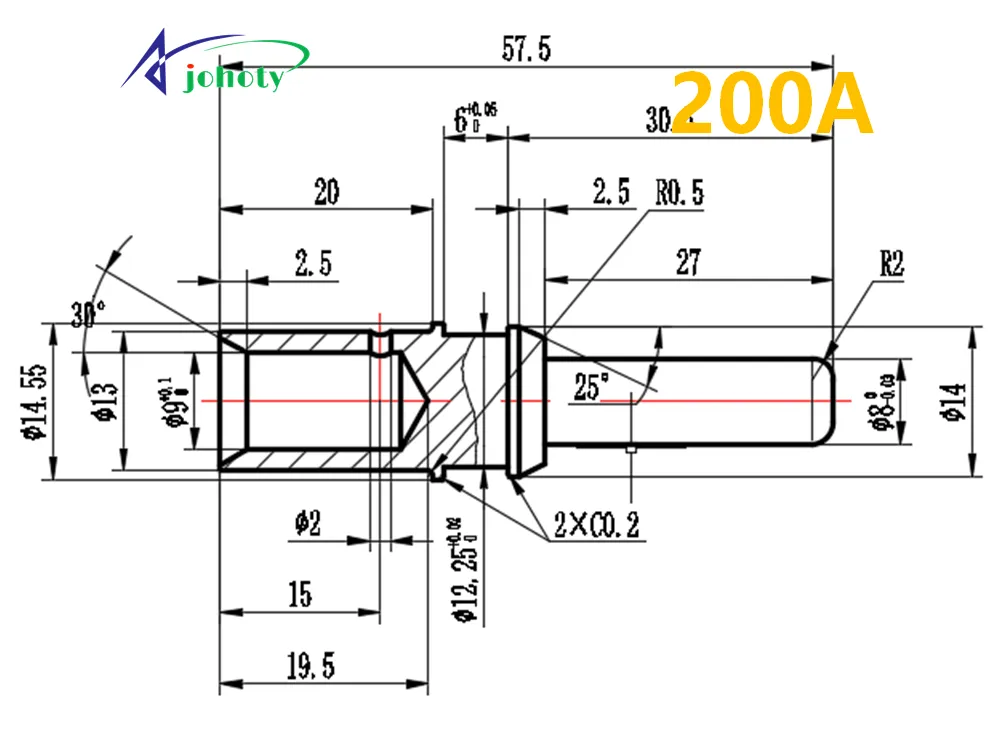
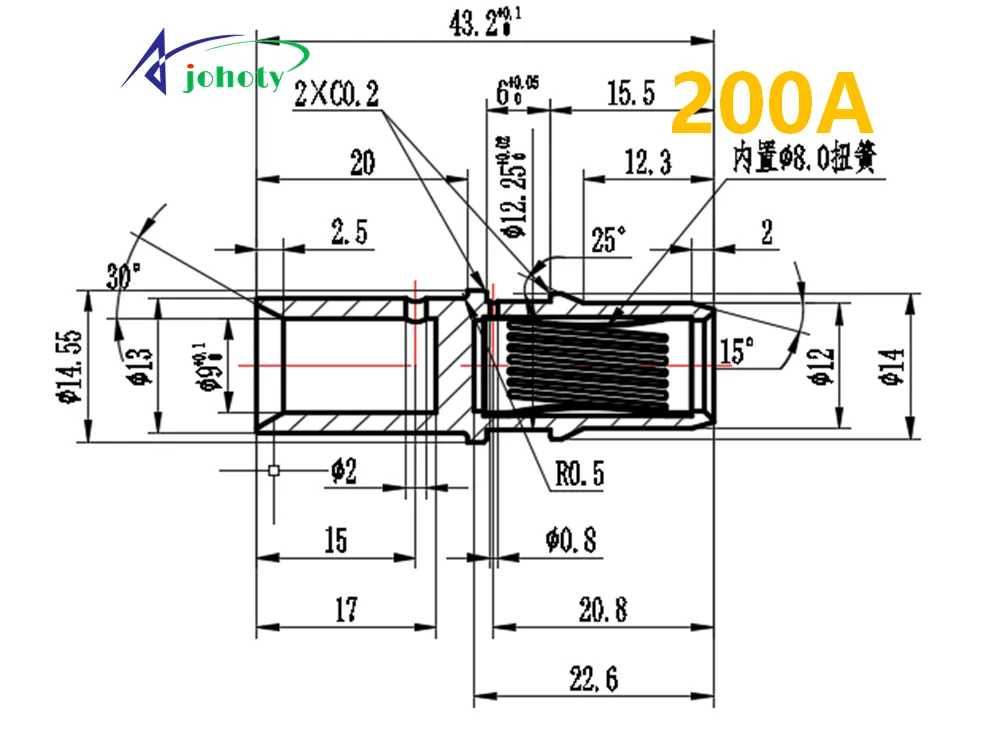
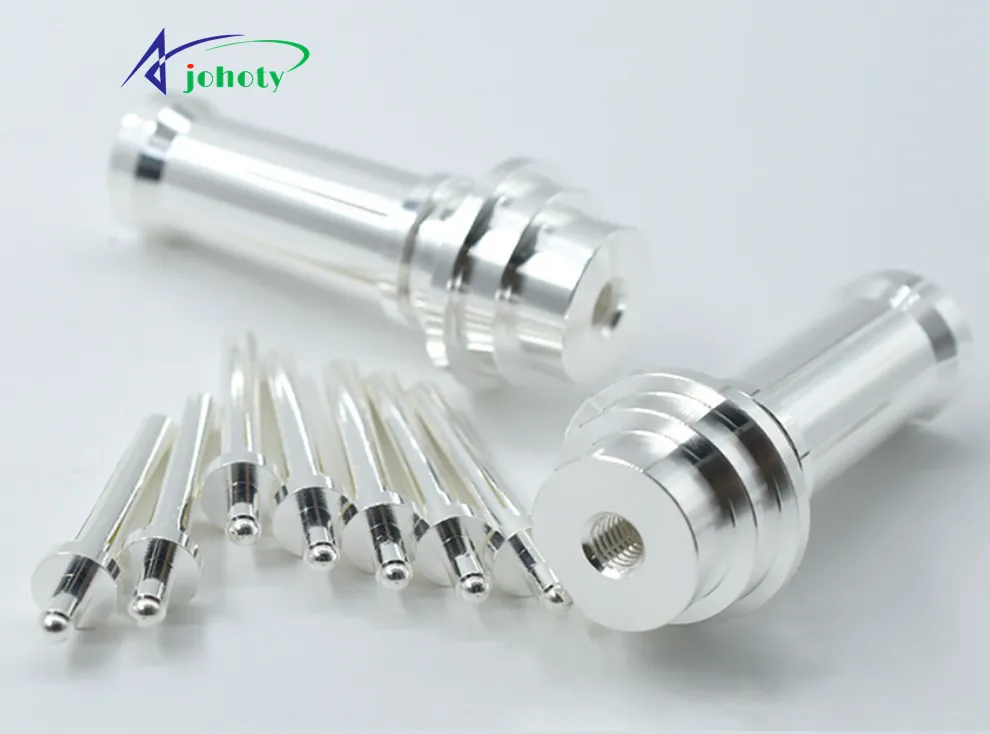
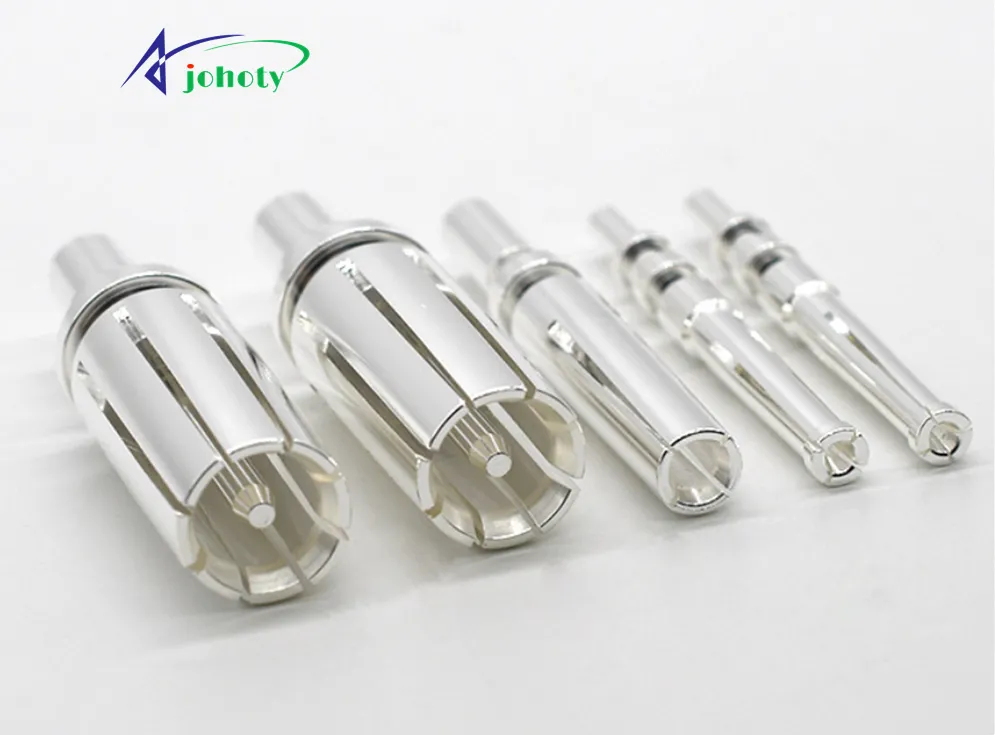
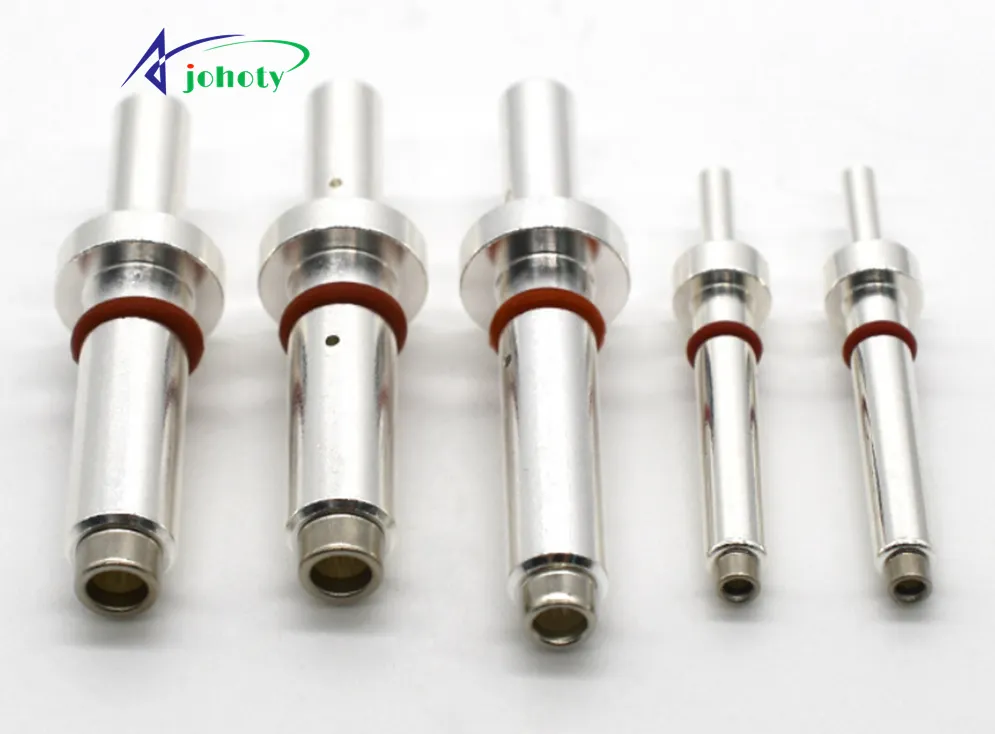
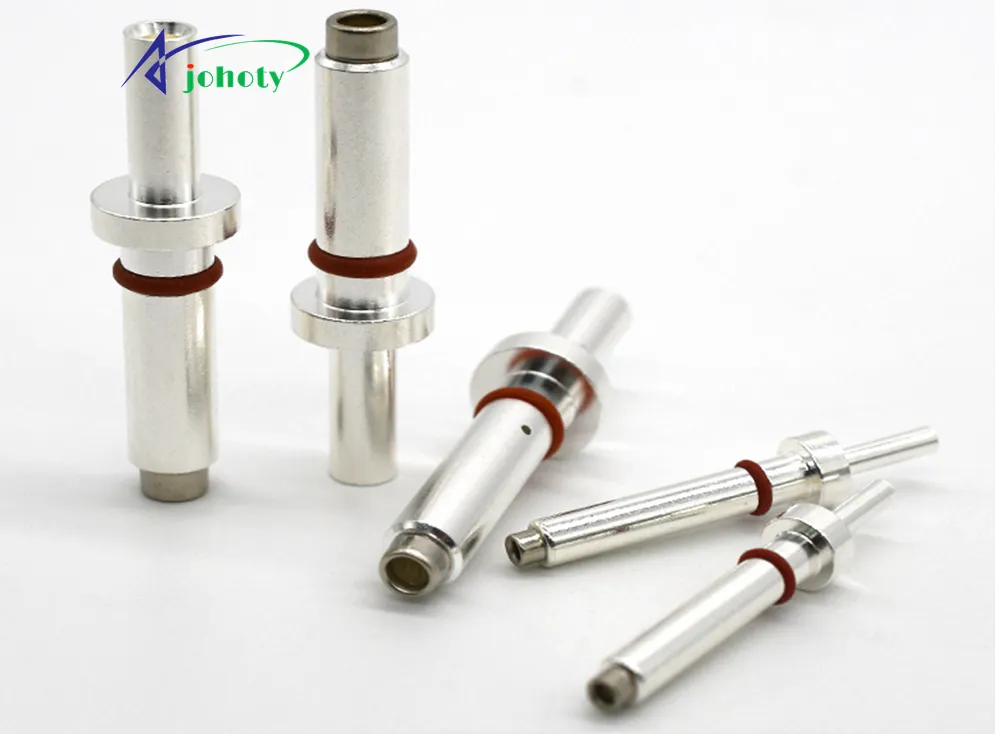
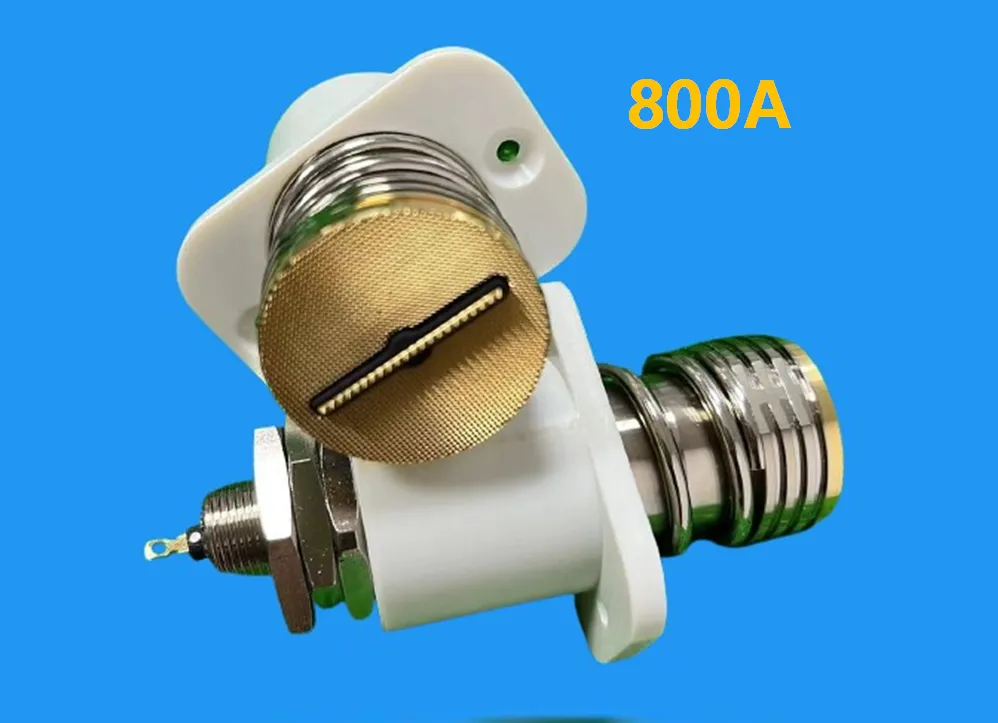
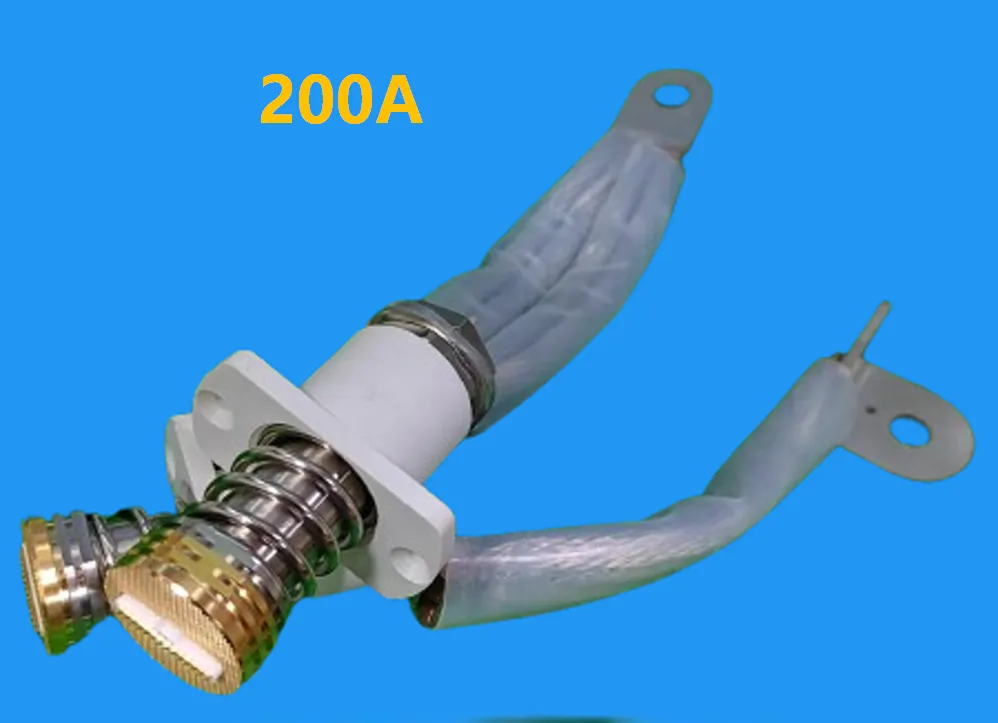
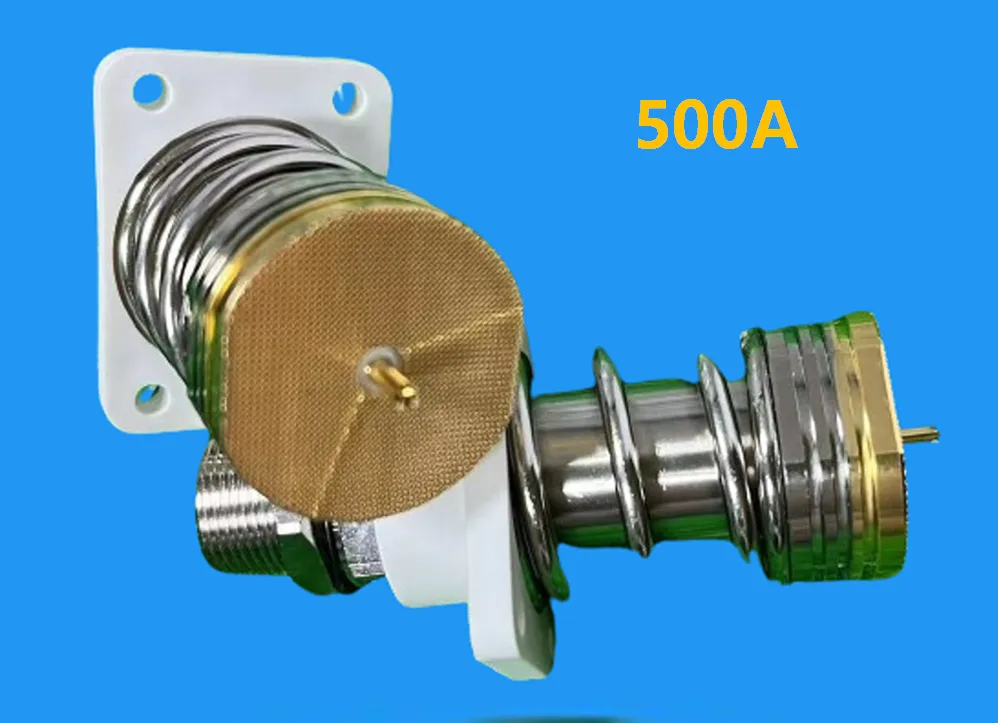
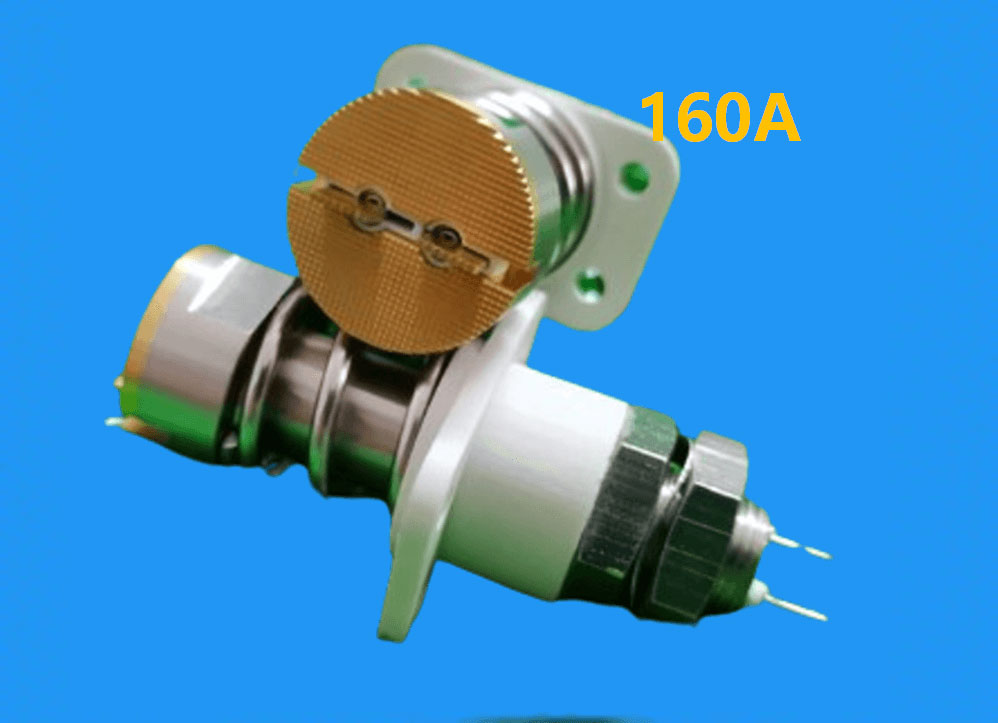

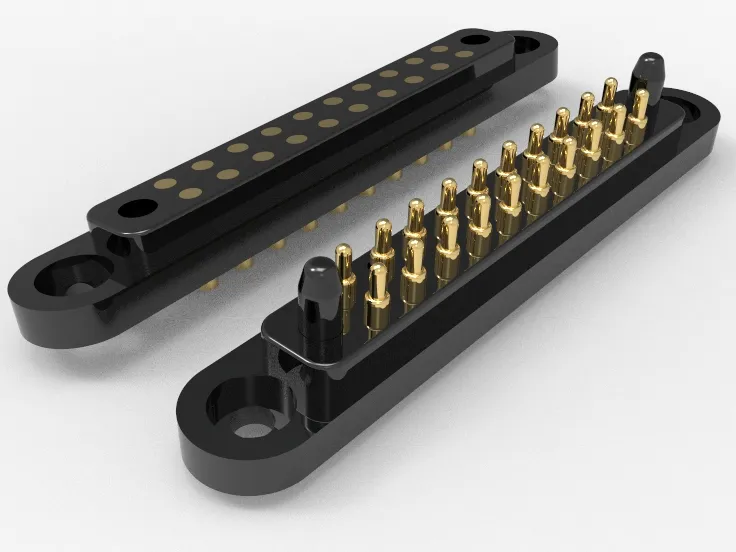
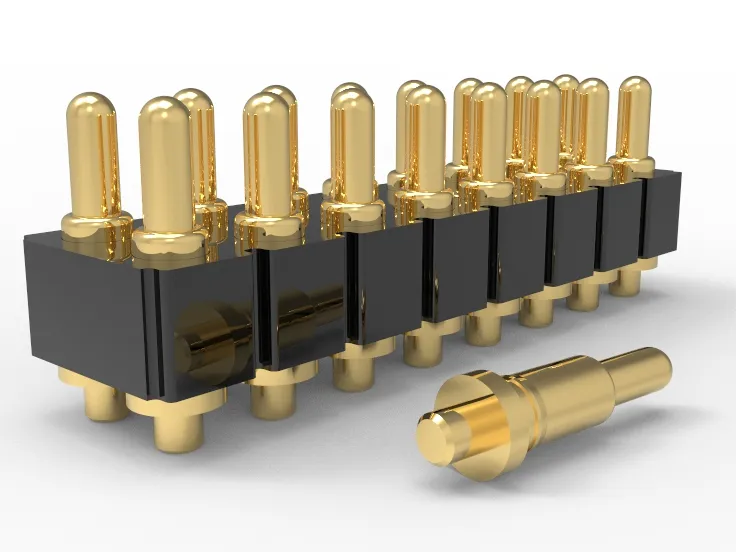
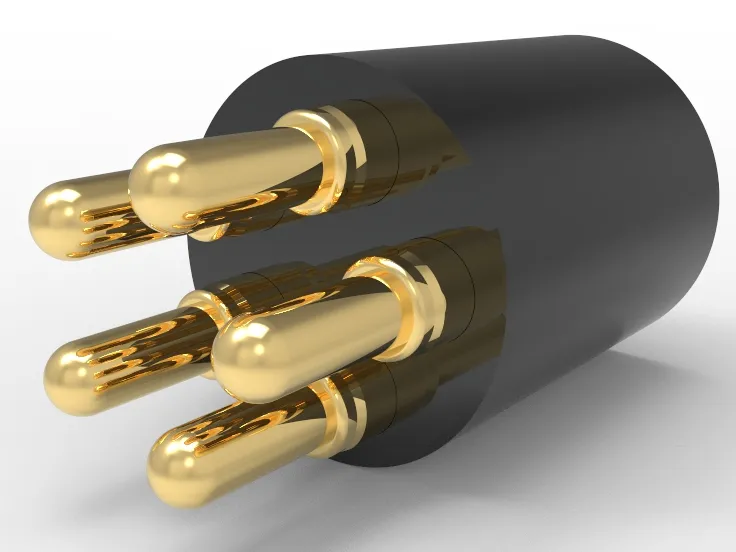
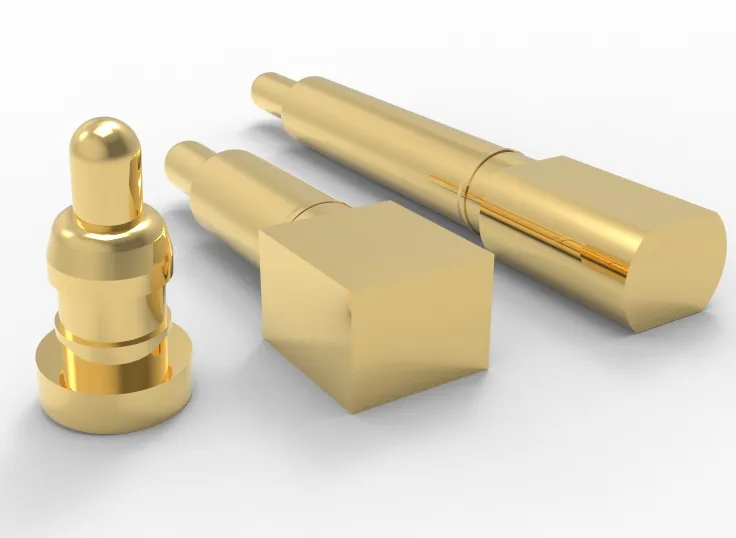
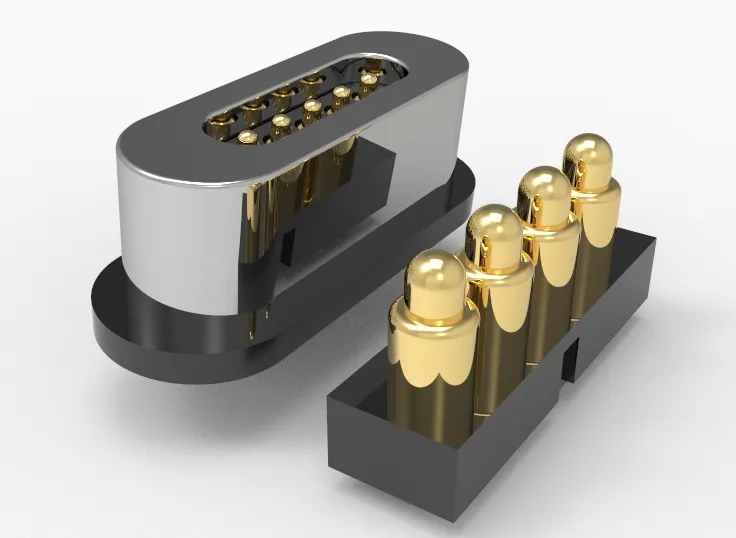
 +86 13590816656
+86 13590816656 +86 13590816656
+86 13590816656